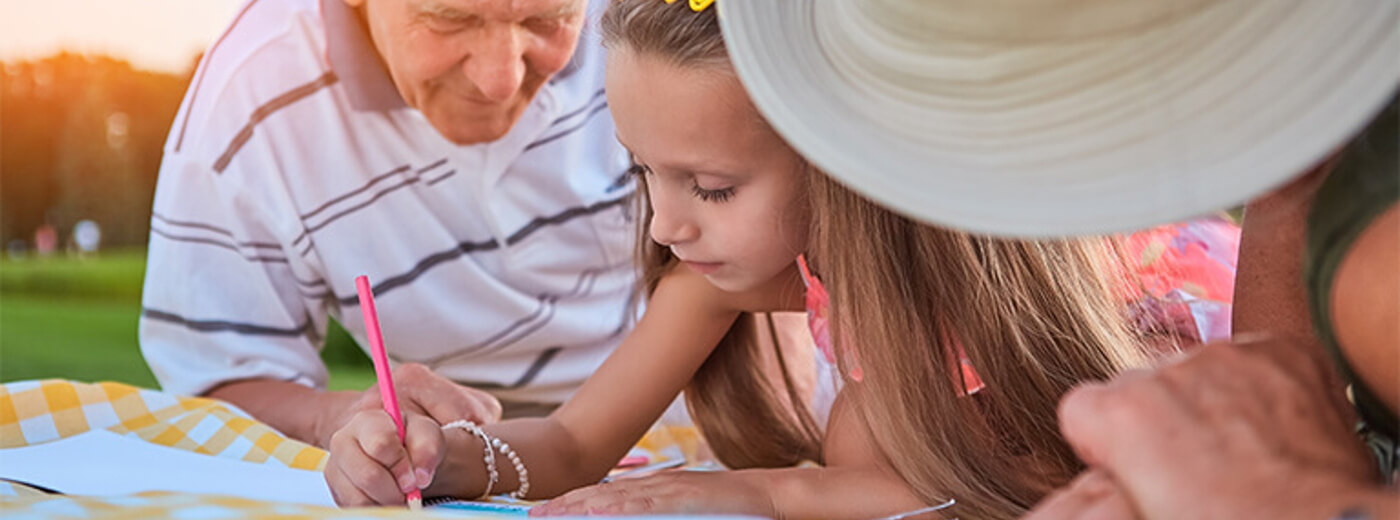
Planning the Perfect Outdoor Scavenger Hunt
Modern life is busy. We rush from place to place, meeting to meeting, rarely glancing up from the glare of our screens.
But if you stopped and looked around you, what wonders might you see?
At Nature Valley, our philosophy is simple: we want to help people to Get Equipped for Life. Whether that’s scaling mountains or exploring the secrets of your own back garden, we believe that the Great Outdoors is for everyone.
And what better way to enjoy it than by planning or taking part in a scavenger hunt? Just don’t forget to pack some on-the-go snacks for the scavengers!
What is a scavenger hunt?
A scavenger hunt is an exciting game, similar to a treasure hunt, in which participants follow a set of clues or a carefully curated list to find a specific set of items. They can be played in teams or individually and are a brilliant way to get out and about, discovering the world around you while taking some exercise in the Great Outdoors.

The first scavenger hunts took place back in the 1700s and originated as Easter egg hunts. That’s right – people have been searching for those painted eggs for over 300 years! In the 1930s, a glamorous American celebrity called Elsa Maxwell became famous for the extravagant parties she hosted, during which she organised elaborate scavenger hunts for her guests. Now they are a popular form of entertainment, appearing everywhere from birthday bashes to team building days.
We think outdoor scavenger hunts are the perfect way to explore nature and start spotting things you might never have noticed. The best thing is, they can be set up anywhere: big or small, in the local park or across more adventurous terrain.
How to plan a scavenger hunt
Where?
The first thing to consider when planning your outdoor scavenger hunt is securing the perfect location. Luckily, wherever you live, there are plenty of opportunities to create an exciting nature hunt. Here are some of our top suggestions:
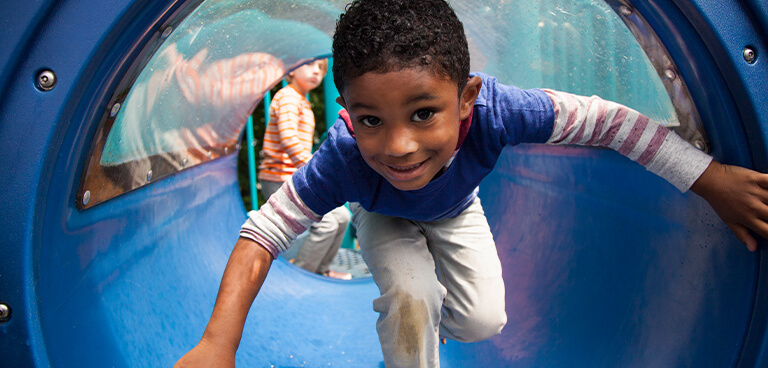
Your garden: That’s right, you can set up a scavenger hunt in your own backyard! The garden is a wonderful place to hold an outdoor treasure hunt, and you are sure to discover things you’d never noticed before. Why not challenge your participants to find different types of plants, or spot each species of insect buzzing around the patio?
The local park: If you want to set up your hunt over a wider range, the local park is a great option. The playground equipment can also become part of the challenge if you’re creating your hunt for children. Just make sure to be respectful of others using the space!
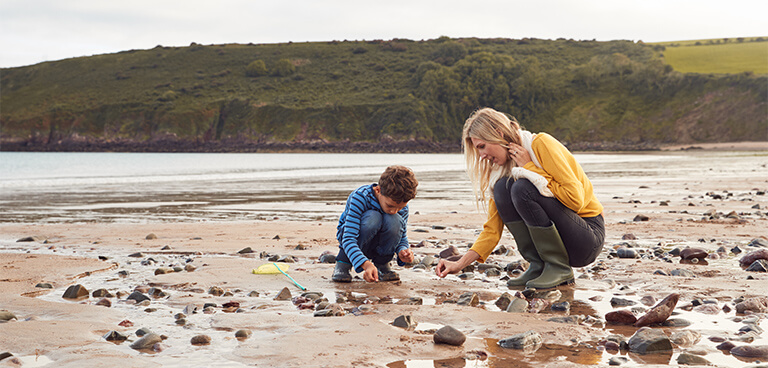
The woods: To really explore nature in all its glory, why not try a woodland scavenger hunt? There are plenty of places to hide treasures beneath all the leafy canopies and twisting tree roots, or simply to spot a wide array of local flora and fauna.
The beach: The beach is an amazing place to plan a nature treasure hunt; there’s so much to discover that creating a scavenger list is simple. Ask your participants to search for natural beach treasures, such as seaweed, driftwood and shells. If you’re feeling particularly creative, these beach finds also make great materials for future art projects!
Who?
The next thing to consider is: who are you planning this for?
Scavenger hunts can be enjoyed by anybody, regardless of age, and are a brilliant activity to bring out at parties or for making the most of a sunny day.
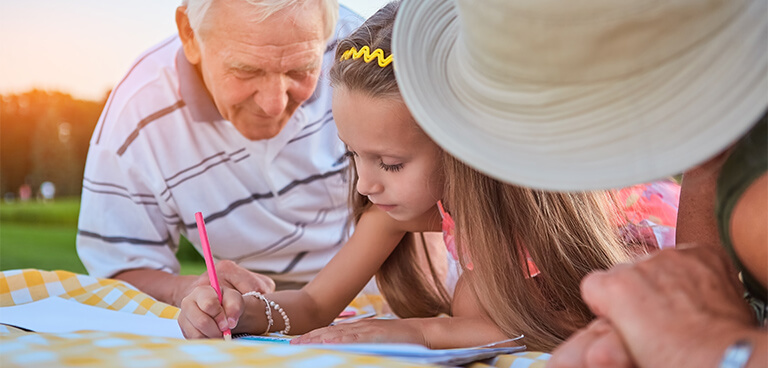
Decide whether your participants will hunt individually, in teams, or as one big group. Splitting up can add a competitive element, with prizes being awarded for the fastest hunter.
If you’re planning to involve kids in the hunt, be sure to have a responsible adult present and create clues to suit their abilities.
Thinking of an adults-only scavenger hunt? Depending on fitness abilities, don’t be afraid to span your search out over a wide distance. Working in teams to chase down natural features or complete challenges can be a great way to bond in the outdoors.
How to write scavenger hunt clues
Make a List: Sometimes keeping things simple works best. If you’re ticking off groups of items such as plants, animals or naturally occurring landmarks, giving your participants a list to work from keeps things easy but exciting.
Use riddles: If you want to make your scavenger hunt more challenging, why not write your clues using riddles? For example: What has a mouth but never speaks, and a bed but never sleeps? (Answer: a river!)

Play word games: If riddles aren’t your thing, other word games such as anagrams or dingbats are a fun way to write clues for your scavenger hunt, ensuring that you are exercising the mind as well as the body!
Use pictures: Why not use photographs to reveal clues to the hidden object’s locations? To make things harder, only include a small portion of the picture, or cut the photos up and challenge your participants to piece them back together.
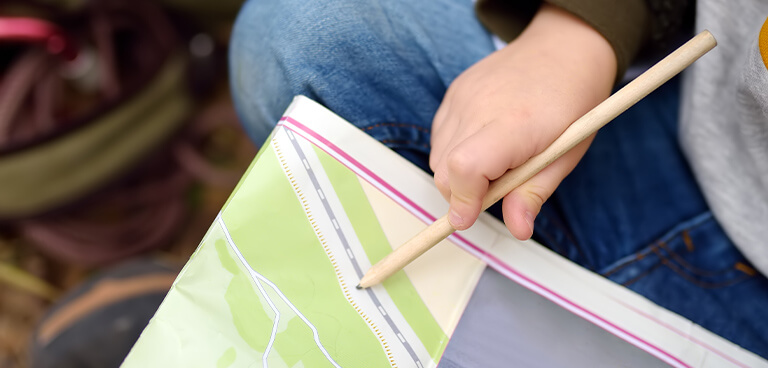
Draw a map: Everybody loves a good treasure map. Bring out your creative side and make a map of your hunt area. The participants can follow it round to claim their prizes – X marks the spot!
Use geographical coordinates: For a more advanced scavenger hunt, try using geographical coordinates, for example from an OS map. Each coordinate will represent an item or natural feature to be found, and participants can use a map to plot out their route between prize points.This is a great way to hone your navigation skills, while getting out and experiencing nature first hand.
Scavenger hunt ideas
Nature Spotting
We are surrounded by nature every day, but often we simply don’t pay attention. Creating a nature-based scavenger hunt will get your participants thinking about the living world around them, all while enjoying a fun day out.
Here are some suggestions for nature scavenger hunts:
- Finding different types of flowers
- Finding different types of trees
- Finding different natural features in the landscape e.g. a river, a lake, a hill
- Finding different types of bugs
Why not ask people to draw or take photos of their findings?
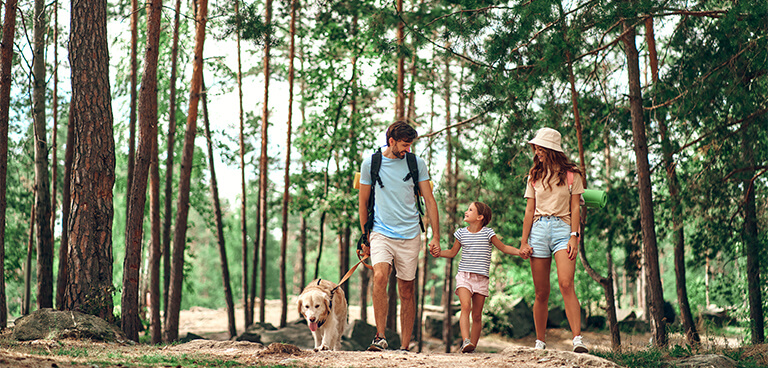
Treasure Hunt
While nature spotting is fun, it’s hard to beat the thrill of a good old fashioned treasure hunt. Try hiding special objects outdoors and provide your participants with clues to find them – whoever gets to them soonest wins.
If you decide to hide items that include plastic or foil wrappings, such as our delicious snack bars, always remember to keep them in animal-proof containers and ensure all of them have been collected by the end of the day.
Local Safari
Creating a safari treasure hunt is a wonderful way to explore your local area while learning more about the creatures that surround us.
Provide your participants with a list of animals and see who can be the first to spot each one – download our activity sheet to get started!
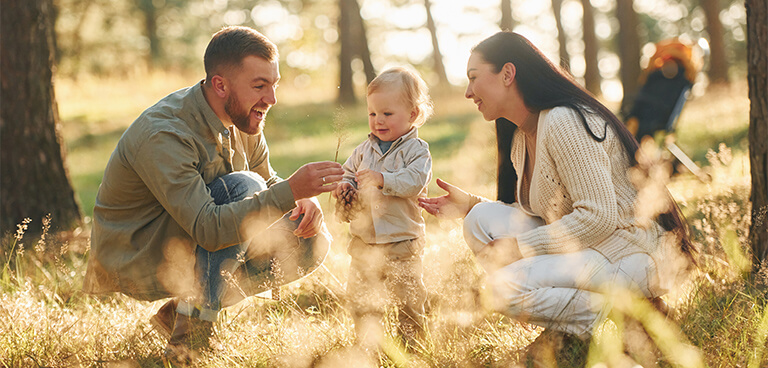
Outdoor Experiences
Scavenger hunts don’t have to be limited to collecting hidden items or spotting natural objects. Creating an experience-based scavenger hunt is a wonderful way to challenge yourself and participants to try new things in the Great Outdoors, while gaining the satisfaction of ticking each activity off a list.
When making a list of experiences to try, the world is your oyster – they can be as simple as ‘go for a walk in nature’ or as daring as ‘get up to watch the sunrise’. Just remember to consider everyone’s safety, and the opportunities your local area provides!
Scavenging safely
While an outdoor scavenger hunt is a great way to spend the day, it is also important to be mindful of safety for yourself and the other participants, as well as making sure you leave no trace upon the environment around you. Here are our top tips for scavenging safely:

- Always explore the chosen area before sending people off on a hunt. Make a note of any natural features which could pose a danger and alert the participants to these beforehand. Is there a body of water, such as a lake or a pond? Are there stinging nettles or brambles?
- Beware of animals. Spotting animals in the wild is amazing and can make you feel very close to the natural world. But remember, these animals are not pets. Always look from a distance and be careful not to disturb their homes.
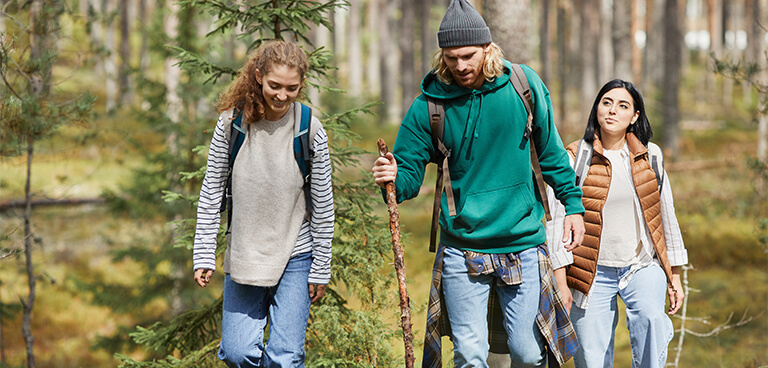
- Keep things green. Searching for natural features rather than pre-planted prizes is a great way to ensure that your scavenger hunt is environmentally friendly and leaves no trace on the land. If you do want to leave objects for people to find, first ensure that they don’t pose a risk to the local wildlife and be careful to keep a note of where everything is hidden, so that you can clear up after yourself and keep the outdoors clean and healthy.
- Come prepared. Make sure everyone is wearing weather appropriate clothing and footwear, whether that be shorts and a hat or a trusty waterproof. If it’s a hot day, then SPF and a bottle of water are a must. And of course, packing some snacks will help to keep everyone’s scavenger hunting energy levels up!
Nature Valley want you to Get Equipped for Life safely. Always check official health and safety guidelines before attempting an outdoor scavenger hunt. And remember, enjoy nature responsibly!
